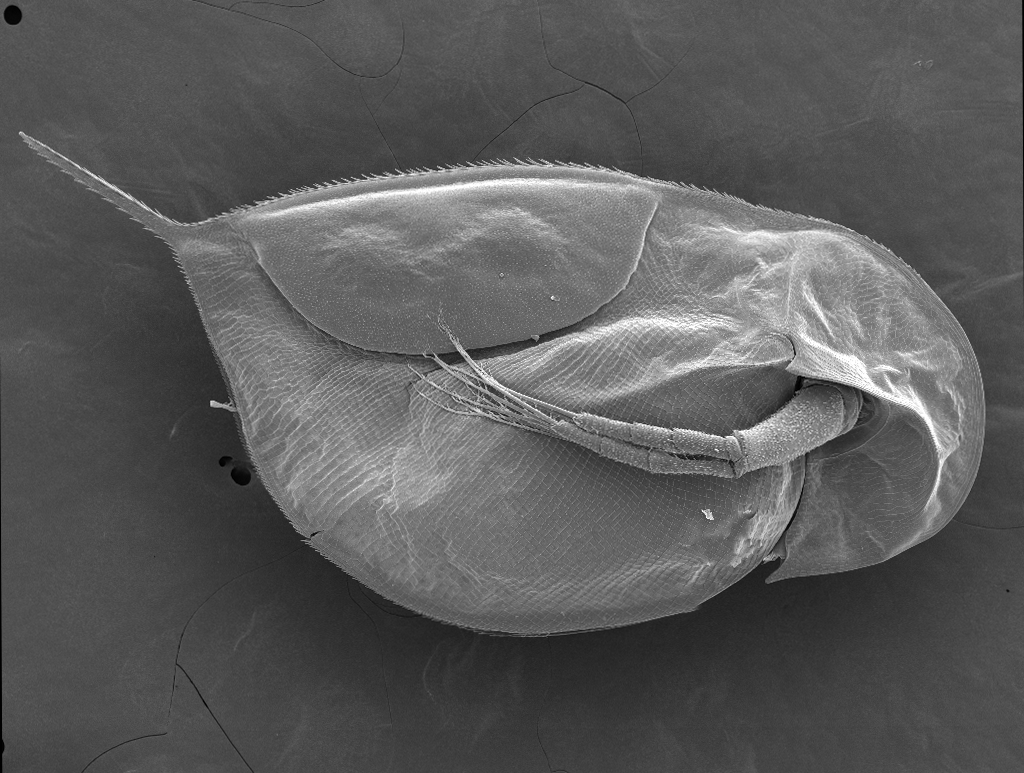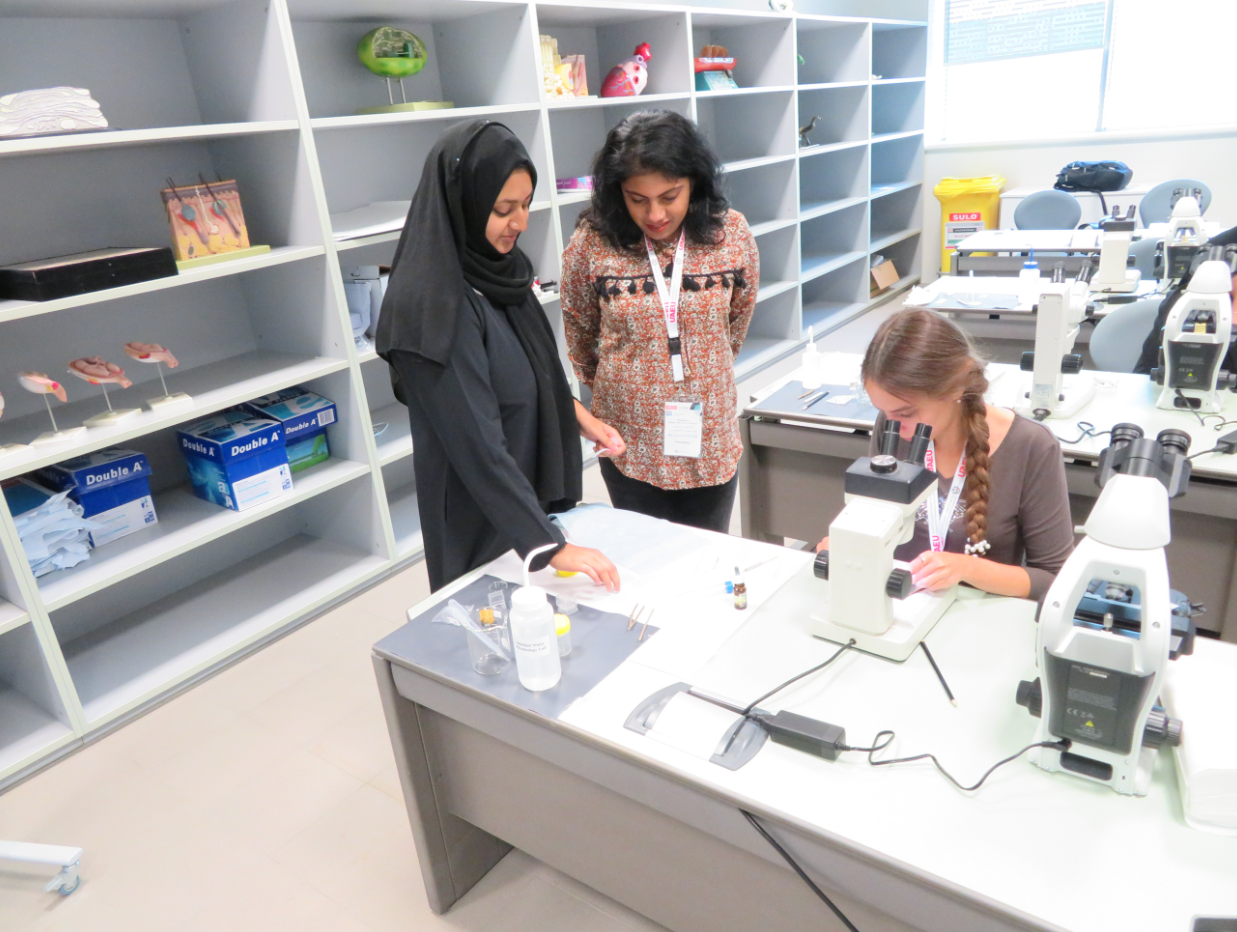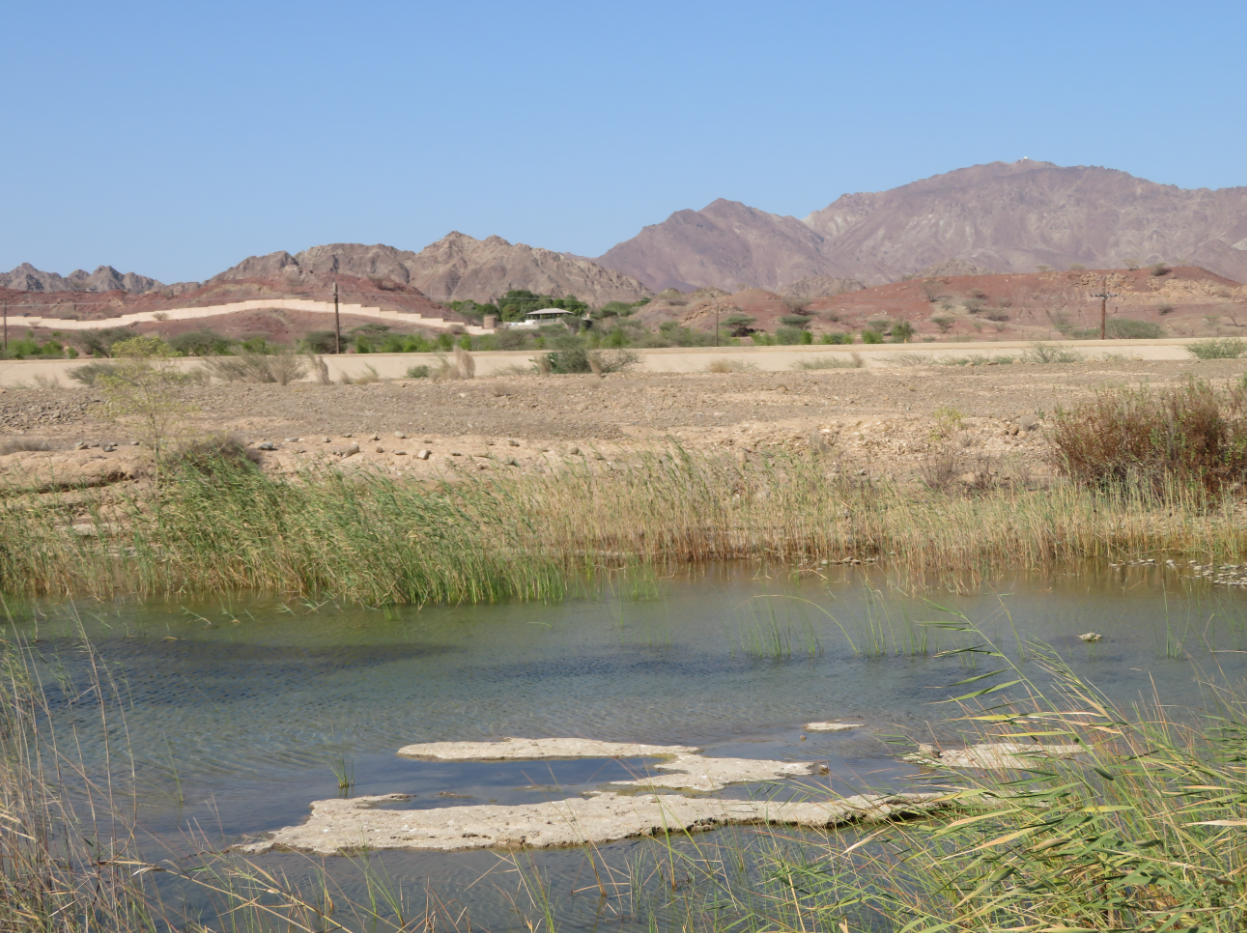
Russian biologists, together with foreign colleagues, have deciphered the genome of microscopic daphnia crustaceans living on the Arabian Peninsula. The species Daphnia arabica was able to adapt to such arid conditions thanks to a combination of genes responsible for the restoration of the DNA molecule when it is damaged under stress. Other daphnia that lived here died out about 100,000 years ago due to climate change. Deciphering the genome of this unique organism will help geneticists and breeders to develop animal and plant species adapted to arid conditions. The results of the study, supported by a grant from the Russian Science Foundation, were published in the International Journal of Molecular Sciences.
Daphnia, or water fleas, play a significant role in aquatic ecosystems. They feed on the remains of organic matter at the bottom and in the water column, helping to purify it, and also serve as food for many inhabitants of reservoirs. In addition, water fleas can be a good indicator of water purity, since they are sensitive to various kinds of pollution.
In total, scientists have knowledge of more than 50 species of daphnia. Previously, they were difficult to study and classify due to their similarity. However, over the past five years, the situation has been simplified by the availability of genetic analysis, which allows to see differences between species at the DNA level.
Scientists actively use water fleas for research, because these crustaceans are unpretentious, multiply easily and grow quickly. For geneticists and ecologists, daphnia are useful because they live all over the planet. Comparing the genomes of related species living in different climatic zones, scientists can gauge the mechanisms of their adaptation to natural and climatic conditions. In addition, these studies make it possible to better understand the history of the Earth, the origin and development of living organisms.

Scientists from the IEE RAS (Moscow), together with foreign colleagues, have deciphered and analyzed the complete genome of the Daphnia arabica species discovered last year. It lives in only one shallow body of water in the United Arab Emirates, which dries up completely in summer. Genetic analysis showed that the species formed about 60 million years ago, when the climate on Earth was warm and humid. Then other water fleas existed in the region, but all of them, except for Daphnia arabica, died out about 100 thousand years ago due to rising temperatures and drying up of water bodies. Daphnia arabica has managed to adapt to sudden and prolonged droughts due to its breeding habits. Sex in Daphnia is generally determined by external environmental conditions. Under comfortable humid conditions, the studied crustaceans reproduce by parthenogenesis, and their population consists exclusively of females, who reproduce their own clones, also female. When the reservoir begins to dry up, males hatch. Now daphnia begin to reproduce sexually, laying fertilized eggs on the bottom, covered with a drought-resistant shell - ephippia. Eggs are in a dormant state and are able to exist for a long time without water, while the adults die out. When the reservoir is filled again, a new generation of females hatch from them.
Scientists collected soil samples from the bottom of a dried-up lake, isolated water flea ephippia and, under laboratory conditions, hatched a population of females from them. After analyzing the features of their structure, the researchers selected more than 60 individuals for DNA analysis using the author's program of genetic methods. Scientists have deciphered the genome of Daphnia arabica and compared it with the gene sets of other previously described species of water fleas. A combination of SOSS-C genes was found in crustaceans from the Arabian Desert, which allows the body to repair DNA when it is damaged under extreme conditions. It is noteworthy that Daphnia from other climatic zones do not have the corresponding genes.

“This protein complex has previously been found in a number of vertebrates that live in arid environments and is likely able to withstand them. Using SOSS-C genes in biotechnology, it is possible to breed animals and plants better suited for desert regions,” says Anna Neretina, Ph.D.
Related materials:
Search: "DNA repair genes helped water fleas survive in the desert"
